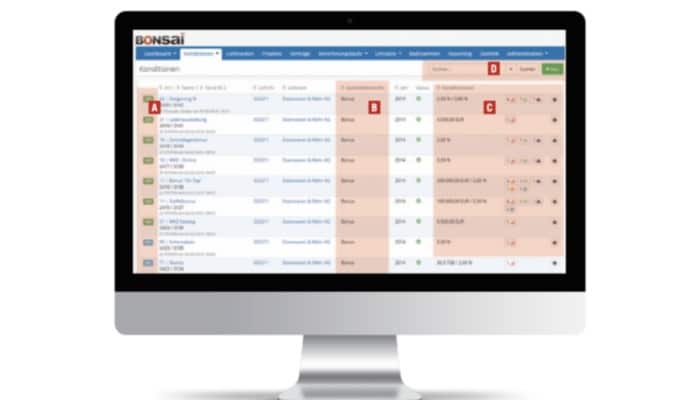Logistics service providers and 3PL providers are also upgrading and investing more in automation and digitalization. There are good reasons for this and modern warehouse management systems (WMS) are proving to be an indispensable artery for rapid and efficient order processing.
Logistics service providers and 3PL providers are also upgrading and investing more in automation and digitalization. There are good reasons for this and modern warehouse management systems (WMS) are proving to be an indispensable artery for rapid and efficient order processing.
The market demands service quality and speed
However, with the growing demands on the quality of the services to be provided by 3PLs (Third Party Logistics) – in terms of speed and reliability – a rethink is taking place. This development is being driven by smaller orders due to the ongoing e-commerce boom.
WMS – More than just warehouse management software
Consistently implementing multi-channel concepts in both B2C and B2B business, precisely integrating value-added services, guaranteeing traceability, ensuring GDP compliance (GDP = Good Distribution Practice) and operating more sustainably – these challenges can only be met today with the support of a high-performance, standardized and scalable warehouse management system (WMS) that works in online mode or in real time.
Best practice examples from the field
One such intelligent, comprehensive software solution for warehouse management and material flow control is pL-Store®. Hammer Advances Logistics has achieved this and much more – including the integration of an automated small parts warehouse (AKL). Read the report “Consistently synchronized processes for multi-channel logistics” here:
In the Paderborn logistics park, the 3PL provider Hartmann International also relies on pL-Store®, both in existing buildings and in new builds:
The implementation of the standard software at MP Logistik in Emsbüren also pursues clear objectives:
Standardized and yet customizable
No two bearings are the same. Consequently, there are no off-the-shelf software solutions. Nevertheless, standardization is a must in order to save development costs and benefit from implemented best practices.





